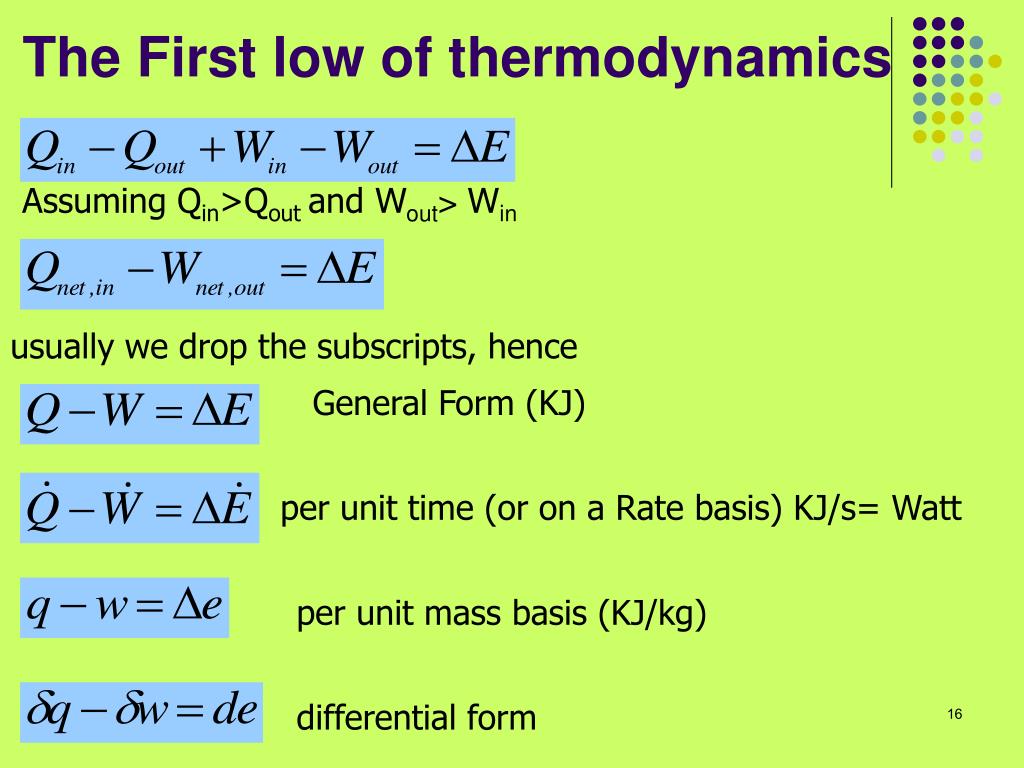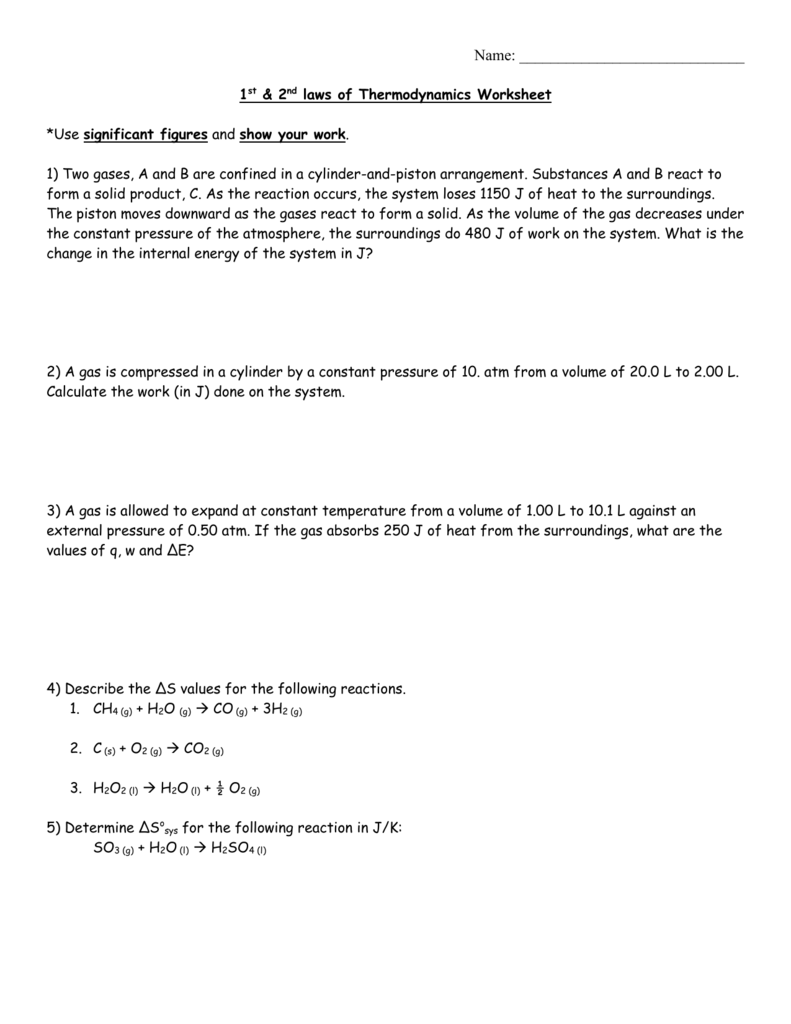

Ammonia - Dynamic and Kinematic Viscosity vs.

Radiation heat emissivity of unoxidized, oxidized and polished aluminum. Properties of alternative fuels like biodiesel, E85, CNG and more. Acetone - Thermophysical PropertiesĬhemical, physical and thermal properties of acetone, also called 2-propanone, dimethyl ketone and pyroacetic acid. Solar radiation absorbed by various materials. 2nd Law of ThermodynamicsĮntropy and disorder. Thus power generation processes and energy sources actually involve conversion of energy from one form to another, rather than creation of energy from nothing. You may also find the following Physics calculators useful.The First Law of Thermodynamics simply states that energy can be neither created nor destroyed (conservation of energy). Final Temperature Of Mixture Calculator.Change In The Gas Internal Energy Calculator.Translational Kinetic Energy Of Gas Calculator.Related Physics Calculators by iCalculator Continuing learning thermodynamics - read our next physics tutorial: The Kinetic Theory of Gases.

See the Thermodynamics Calculators by iCalculator™ below.
#Laws of thermodynamics calculator full#
Check your calculations for Thermodynamics questions with our excellent Thermodynamics calculators which contain full equations and calculations clearly displayed line by line.Test and improve your knowledge of The First Law of Thermodynamics with example questins and answers Thermodynamics Practice Questions: The First Law of Thermodynamics.Print the notes so you can revise the key points covered in the physics tutorial for The First Law of Thermodynamics Thermodynamics Revision Notes: The First Law of Thermodynamics.Helps other - Leave a rating for this tutorial (see below) Special Cases of the First Law of ThermodynamicsĮnjoy the "The First Law of Thermodynamics" physics tutorial? People who liked the "The First Law of Thermodynamics" tutorial found the following resources useful: Work Done on a System and Work Done by a System Thermodynamics Learning Material Tutorial ID Please select a specific "The First Law of Thermodynamics" lesson from the table below, review the video tutorial, print the revision notes or use the practice question to improve your knowledge of this physics topic. Hold on, as this is one of the most important topics in thermodynamics. These questions will be clarified gradually during the explanation of this tutorial. Is it possible to increase the internal energy of an object by doing work on it? Give your opinion. How do steam engines work? What kind of energy conversions take place in them? What happens when the food inside a pressure cooker if it is heated more than needed? What if the valves of a pressure cooker are blocked and they cannot release the extra heat? What are some Special Cases of the First Law of Thermodynamics?.What does the First Law of Thermodynamics say?.What is the meaning of work in thermodynamics?.How can we give energy to a thermodynamic system?.What is the meaning of internal energy? Where does it depend on?.What is the meaning of the state of a system?.What kind of systems are there in thermodynamics?.What is a system in thermodynamics? How does it differ from surroundings?.In this Physics tutorial, you will learn: you can access all the lessons from this tutorial below. The tutorial starts with an introduction to The First Law of Thermodynamics and is then followed with a list of the separate lessons, the tutorial is designed to be read in order but you can skip to a specific lesson or return to recover a specific physics lesson as required to build your physics knowledge of The First Law of Thermodynamics. There are 6 lessons in this physics tutorial covering The First Law of Thermodynamics.


 0 kommentar(er)
0 kommentar(er)
